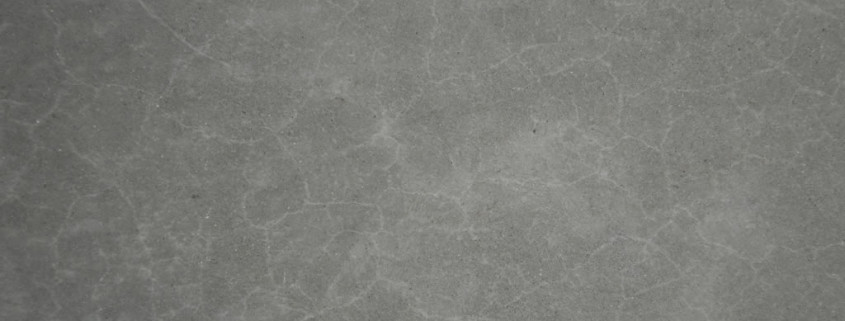Reduce fine surface (Plastic Shrinkage) cracks in concrete
What are concrete “Plastic Shrinkage” cracks?
‘Plastic’ is the state of concrete before it goes hard – allowing the concrete to be deformed without returning to it’s original shape.
All concrete (house slab foundation, concrete driveways, concrete paths ) has a tendency to crack. Concrete contracts and expands with changes in moisture and temperature, and deflects depending on load and support conditions. Concrete Plastic shrinkage cracks appear in the surface of fresh concrete soon after it is placed and while it is still plastic. Concrete Plastic Shrinkage cracks appear mostly on horizontal surfaces, relatively shallow, and generally do not intersect the perimeter of the slab.
Why do concrete Plastic Shrinkage cracks occur?
Concrete Plastic shrinkage cracks can occur when…
- The concrete loses too much water, too quickly, from it’s surface before it has time too set. Conditions that cause rapid loss of water or high evaporation rates include: Low humidity (dry weather), Hot Temperature and Wind, at the time of the poor.
- Setting of the concrete is delayed. A delay in the setting of concrete can be contributed to a combination of one or more of the following factors: Cool weather, High Water Content, retarders, cool subgrades, lower cement contents, some water reducers and supplementary cementing materials.
How to minimise concrete surface or “Plastic Shrinkage” cracking?
To reduce the potential for concrete plastic shrinkage cracking, it is important to recognise ahead of time, adverse weather conditions and plan the concrete pour accordingly.
The most effective way to prevent concrete plastic shrinkage cracking, is to prevent rapid loss of moisture from the surface of the concrete.
- When the weather is conducive to high evaporation rates, dampen the subgrade, formwork and reinforcement prior to pouring.
- In very hot conditions schedule the poor at cooler times of the day – early morning or late afternoon/early evening.
- Erect temporary wind breaks to reduce wind velocity over the surface of the concrete and/or use fog sprays to produce a fine water mist upwind of the concrete slab.
- If possible, setup shades to control the surface temperature of the slab.
- In hot dry climates after screeding, floating and troweling, a evaporation retardant may be sprayed on the surface to lock in moisture until curing is started.
- Cure the concrete as soon as finishing has been completed. You may need to cover the slab with polyethylene sheeting to prevent the slab drying too fast.
Water the surface of the slab for a minimum of 3 days.





